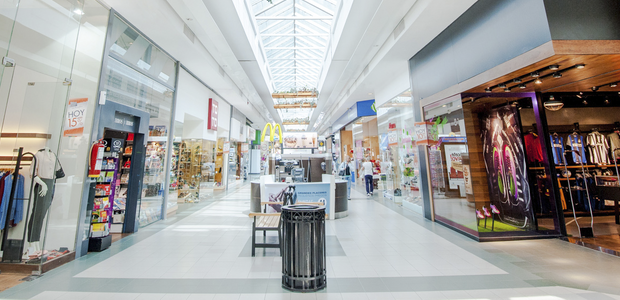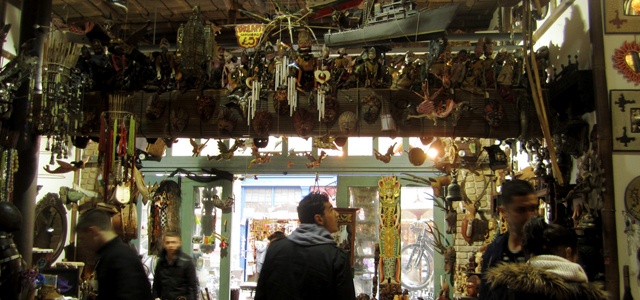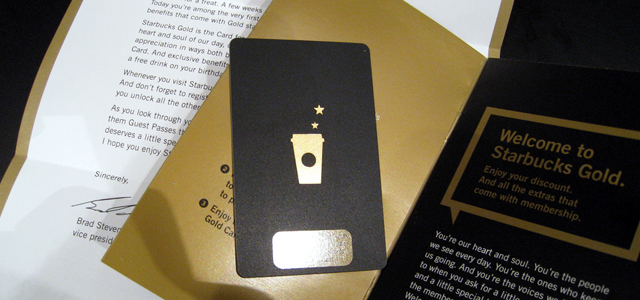
One of my first jobs was working in retail. It wasn’t glamorous, but it was a great experience as a high school student. I found that many of the lessons and routines that I picked up could be applied elsewhere – including the work I do with WordPress!
In this post we’re going to go over a few of the lessons from front-line retail experiences that can be applied to building better sites.
Focus on first impressions.
In the world of brick n’ mortar retail, window displays bring people in the door, creatively showcasing seasonal products or merchandise that’s on sale. The best of these window arrangements are works of art that give passers-by an idea of what the store is all about. In a matter of seconds, they can decide if the shop interests them enough to enter.
What can we implement?
Your website’s visitors go through a similar thought process. Just as shoppers will decide to enter a store (or not) based on the storefront, your visitors will decide to stick around (or not) based on what they see when hitting your site.
Back in 2009, Unbounce ran a basic usability test on some of Time Magazine’s 50 Best Websites of the year. Giving themselves only five seconds per website, Unbounce scored each site based on the following:
What is it about?: How obvious is the core brand message?
Do I care?: Am I interested? Does it speak to me?
Is it trustworthy?: Does the design make me feel comfortable? Do they appear professional?
How do I participate?: What am I supposed to do first? Is the primary call to action presented in a clear manner?
Is it newsworthy?: Given today’s social web economy, how likely am I to want to share my experience? Is this facilitated in any way?
These criteria are as true today as they were five years ago. It’s important, though, to remember that visitors hitting your website aren’t always coming in through the front page. They’ll also come in through blog posts and pages that are linked from other websites and search results. That said, every page on your website must make a strong first impression.
Keep Unbounce’s criteria in mind as you set up your site. Use elements that appear near the top of your pages — such as a custom header image or widget — to let visitors know what your website is about. Establish trust. Present a clear call to action. Draw those customers through your front door!
Don’t make visitors hunt for things.
Ever find yourself wandering up and down store aisles, looking for something that you just can’t find? It’s a frustrating experience. Don’t put your website visitors through that. Unlike a physical store, your visitors have the convenience of leaving your site and heading somewhere else in only a couple of clicks. If they can’t find what they want, they’ll go somewhere else.
What can we implement?
Good stores have clear signage to point customers in the right direction. In WordPress, we can use Custom Menus to create a clear navigation structure that will help visitors find what they’re looking for.
A couple of tips for your menu setup:
- Navigation Label: Use simple text.
- Title Attribute: Provide additional detail about the page or menu link destination.
Using custom menus in combination with the Custom Sidebars (or WooSidebars) or Conditional Widgets plugins can give you more control over where menus are displayed on your website. For example, you could create a sidebar for a section of your website (e.g. About Us), create a custom menu for only the pages in that section (e.g. Careers, Executive Team, Contact Information), and then place the Custom Menu widget on the sidebar. In this scenario, when visitors browse the About Us section, they’ll be able to easily navigate to the other pages via the custom menu.
Recognize your regulars.
There’s something special about walking into a shop and having the person behind the counter greet you by name, or to be given small gifts in recognition of your ongoing patronage. Loyalty programs like Starbucks Rewards take advantage of that. Websites that employ gamification are similar. In exchange for completing tasks, site users are rewarded (e.g. badges, points, levels, and so on). The more tasks that are completed, the more the user is rewarded.
What can we implement?
Recognition is the key here. In order to receive it, the customer/user must be actively engaged – coming back, making purchases or completing tasks on the site. To implement a rewards system on a WordPress site, we again turn to plugins:
- BadgeOS: Adds an achievement and badging system to WordPress.
- Captain Up: Comprehensive gamification platform.
- Achievements for WordPress: Adds challenges, badges, and points.
By adding this functionality we’re giving visitors another reason to stick around. This is particularly useful if your site is dependent on user generated content (e.g. you have a forum or BuddyPress).
These are only a few of the lessons we can take from the world of retail, but to me, they’re the most important. What about you? Think of your previous experiences in other jobs or roles. What ideas could you repurpose for your WordPress site?
Featured image: Pasillos de Portones Shopping by Santiago Barreiro, Wikimedia Commons



